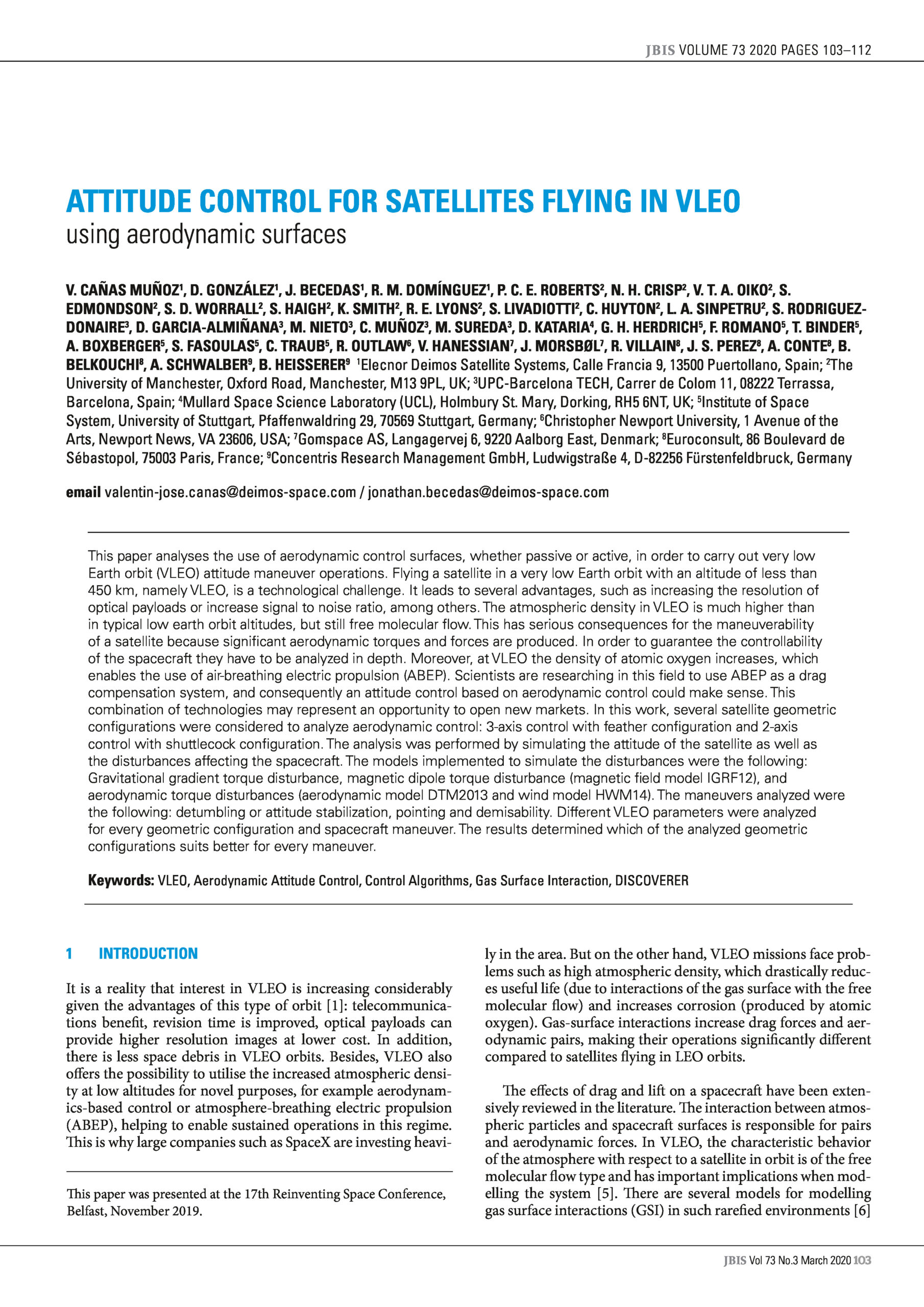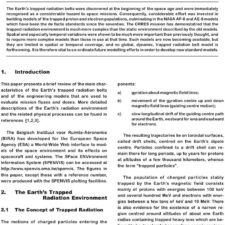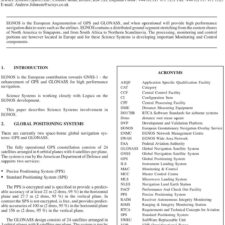Attitude Control for Satellites Flying in VLEO using Aerodynamic Surfaces
£5.00
V. C. Munoz et al. (2020), JBIS, 73, pp.103-112
Refcode: 2020.73.103
Keywords: VLEO, Aerodynamic Attitude Control, Control Algorithms, Gas Surface Interaction, DISCOVERER
Abstract:
This paper analyses the use of aerodynamic control surfaces, whether passive or active, in order to carry out very low Earth orbit (VLEO) attitude maneuver operations. Flying a satellite in a very low Earth orbit with an altitude of less than 450 km, namely VLEO, is a technological challenge. It leads to several advantages, such as increasing the resolution of optical payloads or increase signal to noise ratio, among others. The atmospheric density in VLEO is much higher than in typical low earth orbit altitudes, but still free molecular flow. This has serious consequences for the maneuverability of a satellite because significant aerodynamic torques and forces are produced. In order to guarantee the controllability of the spacecraft they have to be analyzed in depth. Moreover, at VLEO the density of atomic oxygen increases, which enables the use of air-breathing electric propulsion (ABEP). Scientists are researching in this field to use ABEP as a drag compensation system, and consequently an attitude control based on aerodynamic control could make sense. This combination of technologies may represent an opportunity to open new markets. In this work, several satellite geometric configurations were considered to analyze aerodynamic control: 3-axis control with feather configuration and 2-axis control with shuttlecock configuration. The analysis was performed by simulating the attitude of the satellite as well as the disturbances affecting the spacecraft. The models implemented to simulate the disturbances were the following: Gravitational gradient torque disturbance, magnetic dipole torque disturbance (magnetic field model IGRF12), and aerodynamic torque disturbances (aerodynamic model DTM2013 and wind model HWM14). The maneuvers analyzed were the following: detumbling or attitude stabilization, pointing and demisability. Different VLEO parameters were analyzed for every geometric configuration and spacecraft maneuver. The results determined which of the analyzed geometric configurations suits better for every maneuver.





